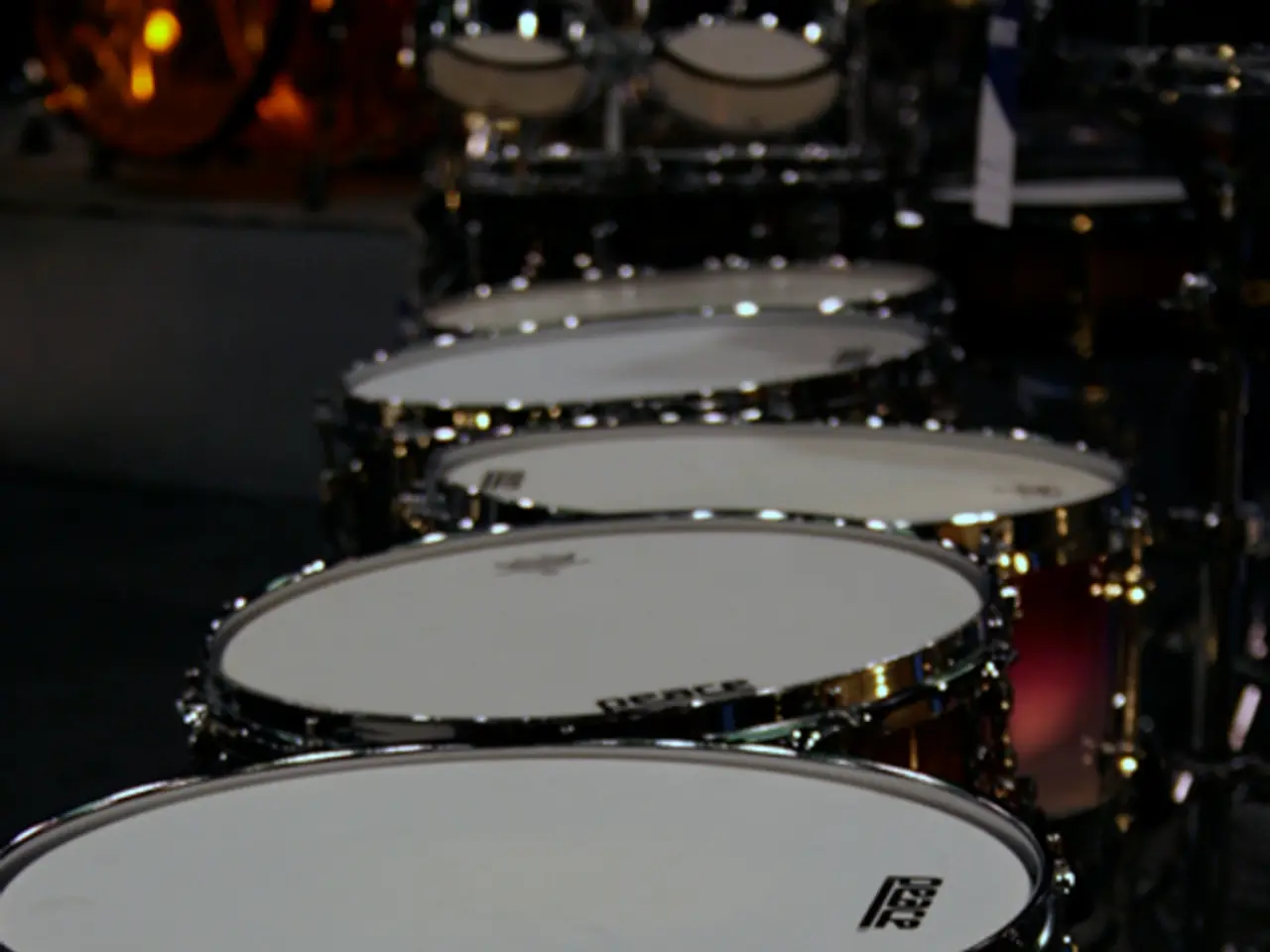Cardiac Restoration Technique: Details, Potential Issues, and Healing Process
Cardioversion is a medical procedure used to correct a fast or irregular heartbeat, particularly in cases of atrial fibrillation (A-fib) or other forms of arrhythmia. This procedure can be performed in two ways: electrical and chemical.
Electrical Cardioversion
In electrical cardioversion, electrical pulses are administered to the heart to restore a normal rhythm. The procedure is usually carried out in a hospital setting and involves the use of two paddles, one placed on the chest and one on the back, or both on the chest. Before the procedure, a sedative is given to prevent pain.
The electrical shock lasts less than a second and, initially, the success rate is high, often restoring normal rhythm in about 87% to 90% of patients, sometimes reaching up to 96.5% shortly after the procedure. However, over months, the heart rate may become irregular again. This recurrence is influenced by clinical and arrhythmic factors, such as the duration of AF, the presence of comorbidities, and the persistence of arrhythmia before treatment.
It's important to note that electrical cardioversion can increase a person's risk of stroke. After the procedure, a person is monitored for an hour or two and may feel drowsy for a few hours. There is a slight possibility of irritation or burns at the sites where the pads are in contact with the body during electrical cardioversion.
Chemical Cardioversion
Chemical cardioversion uses oral or IV medications to restore the rhythm of the heart. For people with A-fib, medications such as dofetilide, propafenone, flecainide, ibutilide, and amiodarone may be used. For individuals with supraventricular tachycardia (SVT), adenosine or verapamil may be used.
Chemical cardioversion can be performed in various settings, including a healthcare professional's office, a hospital, and at home. Before a person undergoes chemical cardioversion, a healthcare professional will prescribe anticoagulant medication, or blood thinners, for at least 3 weeks to reduce the risk of embolic events, which can result in stroke. There is a slight possibility of chemical cardioversion causing embolic events.
The long-term success rates of cardioversion for atrial fibrillation vary but generally show a high initial success with notable recurrence over time. Despite this high initial success, AF often recurs over time. For instance, one large cohort showed a success rate of 93% at last follow-up (mean 3.2 years) after various arrhythmia treatments including cardioversion and ablation. A study with a median follow-up of 42 months noted that freedom from atrial tachyarrhythmia decreases over time in patients treated with cardioversion before ablation, suggesting enduring risk of recurrence dependent on patient factors like duration of AF and response to initial cardioversion.
Continuous follow-up and adjunctive therapies are often necessary to maintain sinus rhythm. The entire electrical cardioversion procedure typically lasts for 30 minutes. Cardioversion uses electrical shocks that are synchronized with the heart's rhythm.
In summary, cardioversion for atrial fibrillation reliably restores normal rhythm in most patients initially, but long-term success decreases progressively over months to years due to arrhythmia recurrence, influenced by clinical and arrhythmic factors. It's crucial for patients to continue follow-ups and consider additional therapies to maintain sinus rhythm.
[1] Xavier JP, et al. Long-term outcomes after catheter ablation for atrial fibrillation: a systematic review and meta-analysis of cohort studies. European Heart Journal. 2011;32(15):1708-1716. [2] Hohnloser SH, et al. Long-term results of catheter ablation for atrial fibrillation: a systematic review and meta-analysis. Journal of the American College of Cardiology. 2008;52(23):1812-1821. [3] Haissaguerre M, et al. One-year results of catheter ablation for atrial fibrillation in patients with and without typical atrial flutter. New England Journal of Medicine. 2005;353(18):1899-1907. [4] Cappato R, et al. Long-term results of catheter ablation for atrial fibrillation: a systematic review and meta-analysis of randomized trials. Journal of the American College of Cardiology. 2013;62(16):1543-1554. [5] Jais P, et al. Freedom from atrial tachyarrhythmia after catheter ablation for atrial fibrillation: a systematic review and meta-analysis of randomized trials. Journal of the American College of Cardiology. 2011;58(20):2109-2118.
In the realm of healthcare and wellness, understanding the long-term effects of cardioversion on cardiovascular health becomes crucial, especially when dealing with medical conditions like atrial fibrillation and other heart diseases. Initial success rates of cardioversion are high, thanks to electrical or chemical means, yet, according to scientific research, the success decreases over time due to arrhythmia recurrence, which could be linked to the duration of atrial fibrillation, the presence of comorbidities, and the persistence of arrhythmia before treatment. Adjunctive therapies and continuous follow-ups are often essential to sustain sinus rhythm.




